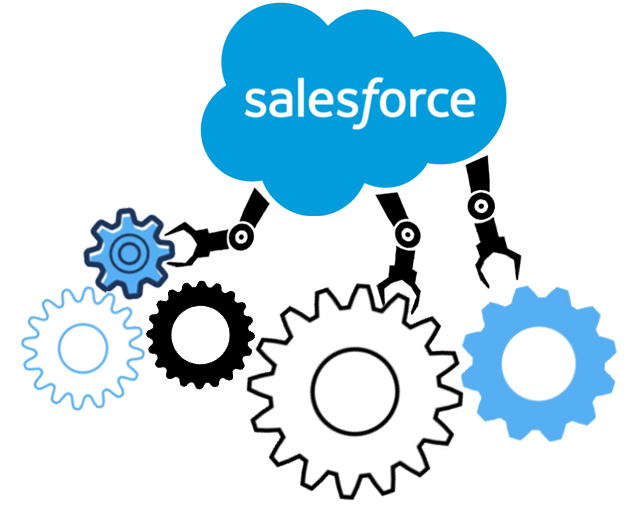Salesforce is one of the most widely used customer relationship management (CRM) applications. It helps organizations store, manage and analyze customer data. To ensure this information remains secure, Salesforce uses URL cleaning to remove potentially malicious content from URLs stored in its system. This post will explain how to clean URLs in Salesforce so that your data remains secure.
Cleaning URLs in Salesforce is an important part of managing your data and keeping it organized. In this article, we’ll cover the basic steps for cleaning URLs in Salesforce.
We’ll also explain what to do if you encounter errors and how to update URLs after changes have been made.
Step 1: Check for Invalid Characters
The first step to cleaning URLs in Salesforce is to check for invalid characters. This includes checking for spaces, special characters, and other non-alphanumeric characters that can cause issues when trying to access the URL. To do this, open the URL in your browser and look at the address bar. If you see any invalid characters, you’ll need to remove them and replace them with a valid character.
Step 2: Check for Unwanted Parameters
The next step is to check for unwanted parameters in the URL. This includes extra query strings or other variables that aren’t necessary for the URL to work correctly. If you find any unwanted parameters, you’ll need to remove them.
Step 3: Update URL Paths
When changing the URL structure of a website, Salesforce requires that you update the paths for all existing URLs in your database for salesforce data backup retirement. This means that if you are removing a directory from the URL path or adding a new one, you’ll need to update the paths for all URLs in your database.
Step 4: Update Redirects
Once you have updated the URL paths, you’ll also need to check that any redirects are set up correctly. If a page has been moved or deleted, then you will need to set up a 301 redirect to ensure that visitors are directed to the correct page.
Step 5: Test URLs
Finally, you’ll need to test all of your URLs in Salesforce to make sure they are working correctly. This includes checking for any broken links or pages that don’t load properly. If there are any issues, you can use the Salesforce debugging tools to troubleshoot them.
FAQs:
Q: What are the benefits of cleaning URLs in Salesforce?
A: Cleaning URLs in Salesforce helps to ensure that your data is secure and organized. It prevents malicious content from being stored in the system, and it can also help to optimize your website’s performance by speeding up loading times.
Q: How do I update URLs after changes have been made?
A: After making changes to your URL structure, you’ll need to update the paths for all existing URLs in your database. You can also set up redirects for any pages that have been moved or deleted. Finally, you should test all of the URLs to make sure they are working correctly.
Conclusion:
Cleaning URLs in Salesforce is a necessary step to ensure the security and organization of your data. By following the steps outlined above, you can keep your URLs safe and make sure that visitors are directed to the correct page. In addition, you can use this process to optimize website performance by removing unnecessary parameters and improving loading times.
By following these steps, you can ensure that your Salesforce data is secure and organized while also improving the performance of your website. Clean URLs are an essential part of managing your data in Salesforce effectively.
Cleaning URLs in Salesforce is an important step for keeping your data organized and up-to-date. By following the steps outlined above, you can ensure that all of your URLs are valid and working correctly. With the help of Salesforce’s debugging tools, you can quickly identify and troubleshoot any errors that may occur. By following these steps, you’ll be able to keep your Salesforce data secure and organized.






